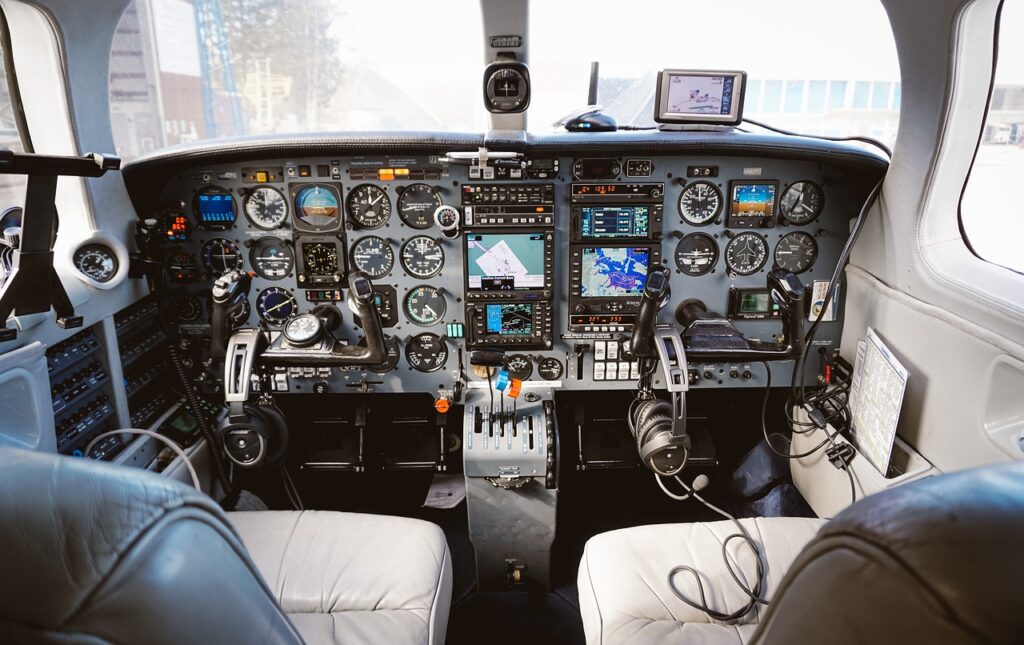If you have been on an airplane, you may have noticed the pilots communicating with the control tower before takeoff. This communication is possible thanks to an airband radio transceiver. It’s an essential tool for pilots and air traffic controllers to communicate with each other during flight operations.
But what is an airband radio transceiver, and how does it work?
An airband radio transceiver is a two-way radio system that operates on frequencies used for air-to-ground communications. It’s different from other communication devices because it operates on the VHF Very High Frequency range, which ranges from 118 to 137 MHz.
The airband radio transceiver is essential for pilots and air traffic controllers to maintain communication while in the air. It’s also used for navigation and other aircraft systems. A lot of military and commercial aircraft use this kind of radio. If you’re an aviation enthusiast and have ever listened to the cockpit conversation on a flight, there’s a high chance it was on an airband radio.
The same technology is used for ground-to-air conversations. People working at the airports, staff in the control tower, and pilots on the ground use the radio to communicate with the aircraft. The radio can also be used between aircraft to transmit information like position, altitude, and heading.
So how does an airband radio transceiver work?
First, the pilot or air traffic controller will tune the radio to a specific frequency. The radio has a series of buttons and knobs that allow the operator to change the frequency. Once the radio is tuned to the correct frequency, the pilot or controller can communicate with the other party.
The radio works using the line-of-sight principle. The radio waves travel in a straight line from the transmitter to the receiver. As a result, the radio doesn’t work when the aircraft is too far from the transmitter or if there are any obstructions in the way, such as buildings or mountains. This is why the radio is most effective when aircraft are flying above the ground.
The airband radio transceiver has a range of around 200 miles. The exact distance can be affected by factors such as weather conditions and the height of the aircraft.
There are different types of airband radios available on the market, each with varying levels of features and capabilities. A lot of radios come with a built-in audio system that allows the pilot or controller to hear important messages comfortably. The radios typically have a display screen that shows crucial information such as the frequency, signal strength, and battery life.
But airband radio communication isn’t just about speaking through the radio. It’s also important to know how to communicate efficiently and effectively. Pilots and controllers have developed a standardized phraseology that is used during communication to avoid any misunderstandings and ensure clarity. They use a set of predetermined phrases and codes, such as “Roger, ” which means “message received and understood.”
Anyone who wants to be a pilot must have a good understanding of how to use airband radio transceiver systems. The radios are used during training, and it’s essential to know how they work and how to communicate effectively.
The airband radio transceiver is a crucial unit used in aviation for communication between pilots and air traffic controllers. It operates on a different frequency band compared to other radios and has a range of approximately 200 miles. It uses a line-of-sight principle for communication between aircraft and ground stations. The radio helps ensure safety and efficient flight operations, and knowing how to use it is essential for anyone looking to become a pilot or work in aviation.





